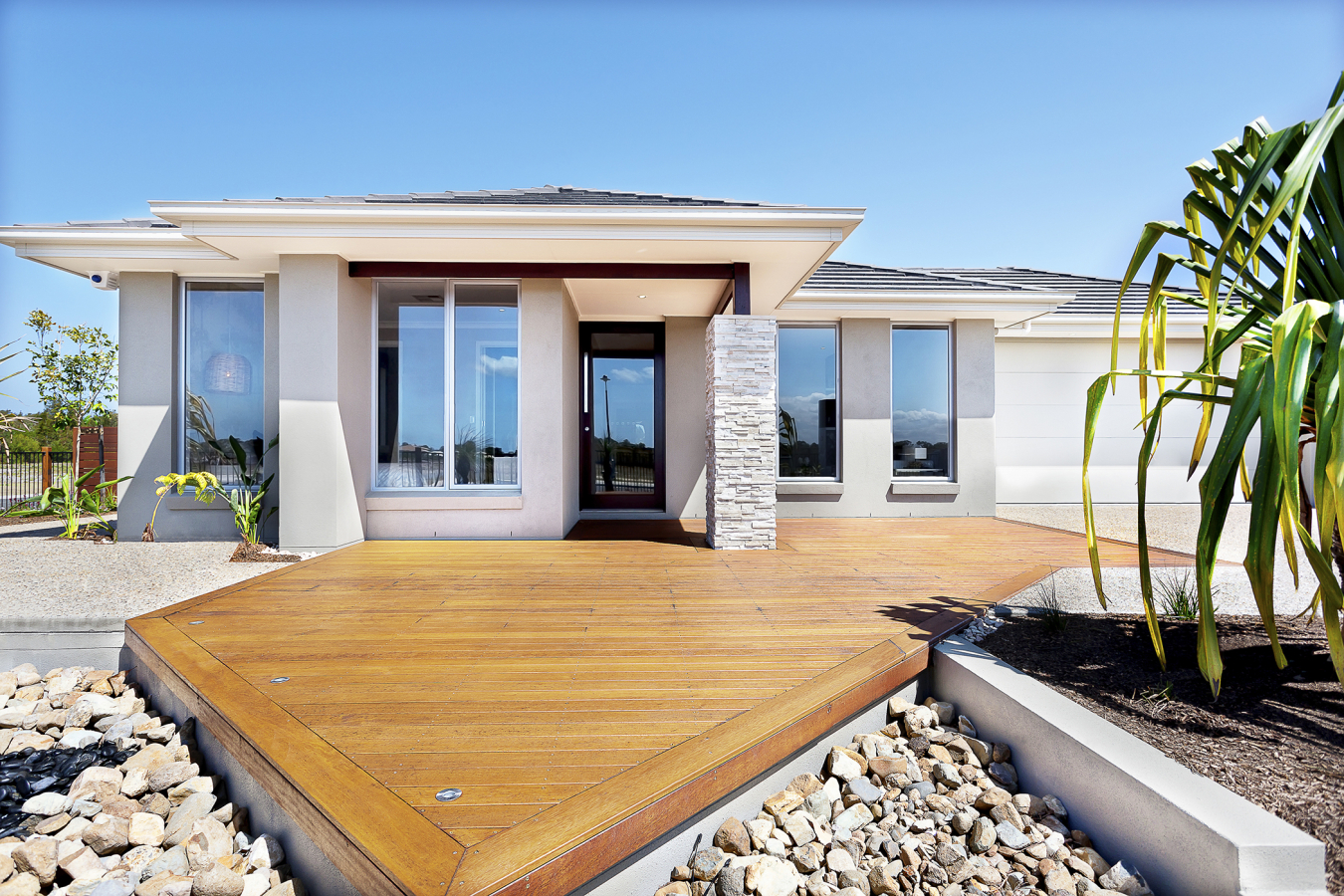Daylighting is the use of windows and skylights to bring sunlight into your home.
Today's highly energy-efficient windows, as well as advances in lighting design, reduce the need for artificial lighting during daylight hours without causing heating or cooling problems.

The best way to incorporate daylighting in your home depends on your climate and home's design. The sizes and locations of windows should be based on the cardinal directions rather than their effect on the street-side appearance of the house. For example:
- South-facing windows allow most winter sunlight into the home but little direct sun during the summer, especially when properly shaded
- North-facing windows admit relatively even, natural light, producing little glare and almost no unwanted summer heat gain
- East- and west-facing windows provide good daylight penetration in the morning and evening, respectively, but may cause glare, admit a lot of heat during the summer when it is usually not wanted, and contribute little to solar heating during the winter.
If you're constructing a new house, consider daylighting as part of your whole-house design -- an approach for building an energy-efficient home. You may also want to incorporate passive solar home design techniques to take advantage of the sun's rays.
Subscribe to receive updates from Energy Saver, including new blogs, updated content, and seasonal energy saving tips for consumers and homeowners.

